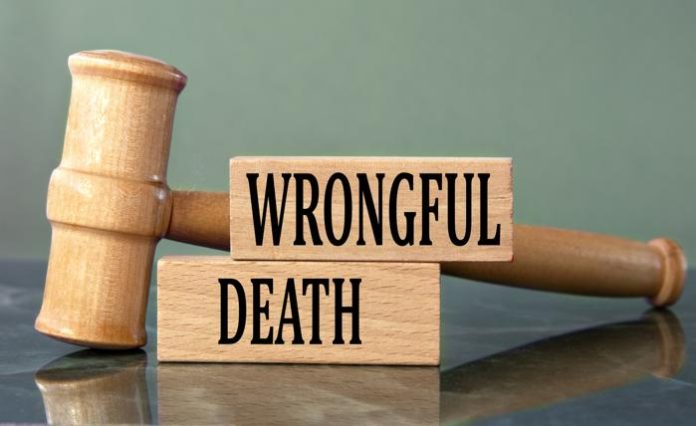Losing a loved one is heart-wrenching. When their death is due to someone else’s actions, the pain feels unbearable. You want justice. You need answers. In Texas, wrongful death claims provide families a path to seek accountability. These claims are tough, but understanding your rights makes a difference. Texas law allows certain family members to file a claim. You may wonder if you can file or what compensation is available. Knowing this can ease some stress. If the death was the result of a car accident, a Houston fatal car accident attorney can guide you through the process. They bring expertise to navigate legal challenges. Understanding your legal rights is empowering. This guide will walk you through the steps, so you can focus on healing. It is essential to take action for closure and peace. Justice is possible, and this guide will help you pursue it confidently.
Understanding Wrongful Death Claims
In Texas, wrongful death claims arise when someone dies due to another’s negligence or wrongful act. This legal option aims to provide financial relief to families. A claim can cover lost income, medical expenses, and funeral costs. The Texas Statutes allow the spouse, children, or parents of the deceased to file a claim. You have a limited time, usually two years from the date of death, to start your claim. Filing within this period is crucial to preserve your rights.
Who Can File a Wrongful Death Claim?
Only specific family members can file a wrongful death suit in Texas. These include:
- Surviving spouse
- Children, including legally adopted children
- Parents of the deceased
- Executor or administrator of the estate, if family does not file within three months
Each family member can file separately or together in one lawsuit. Unified claims often have a stronger impact.
Compensations You May Receive
The financial relief you can claim falls into several categories. These include:
- Lost earning capacity of the deceased
- Lost companionship and mental anguish
- Lost inheritance
- Medical and funeral expenses
Understanding these helps set realistic expectations and focus on the justice you pursue.
Steps in Filing a Wrongful Death Claim
Pursuing a wrongful death claim involves several steps. It is important to follow each step carefully:
- Gather necessary documents such as medical records and death certificates.
- Contact a professional attorney experienced in wrongful death claims.
- File the claim within the Texas two-year statute of limitations.
- Prepare for negotiations or trial, focusing on evidence presentation.
Each step requires attention to detail for the claim to be successful. You may wish to consult the Texas Judicial Branch for more detailed information.
Comparing Wrongful Death and Survival Actions
In Texas, you may hear about survival actions along with wrongful death claims. While related, they serve different purposes. Here’s a simple comparison:
| Aspect | Wrongful Death Claim | Survival Action |
|---|---|---|
| Purpose | Compensates family members for personal loss | Compensates estate for suffering and lost wages |
| Filer | Spouse, children, parents | Estate executor or administrator |
| Damages | Companionship, earning capacity | Pain, suffering, lost wages |
Why Legal Support Matters
Wrongful death claims involve complexities best handled with legal support. An attorney can clarify doubts, handle paperwork, and represent your best interests. This support means you can focus on healing without the stress of legal intricacies. Trusted resources, like the State Bar of Texas, can connect you with legal professionals.
Finding Closure and Peace
Pursuing a wrongful death claim is more than a legal battle. It is a step towards closure and peace for your family. Holding someone accountable brings justice and relief from financial burdens. You can honor your loved one’s memory and ensure their legacy continues. Empower yourself by knowing your rights and taking informed action.

